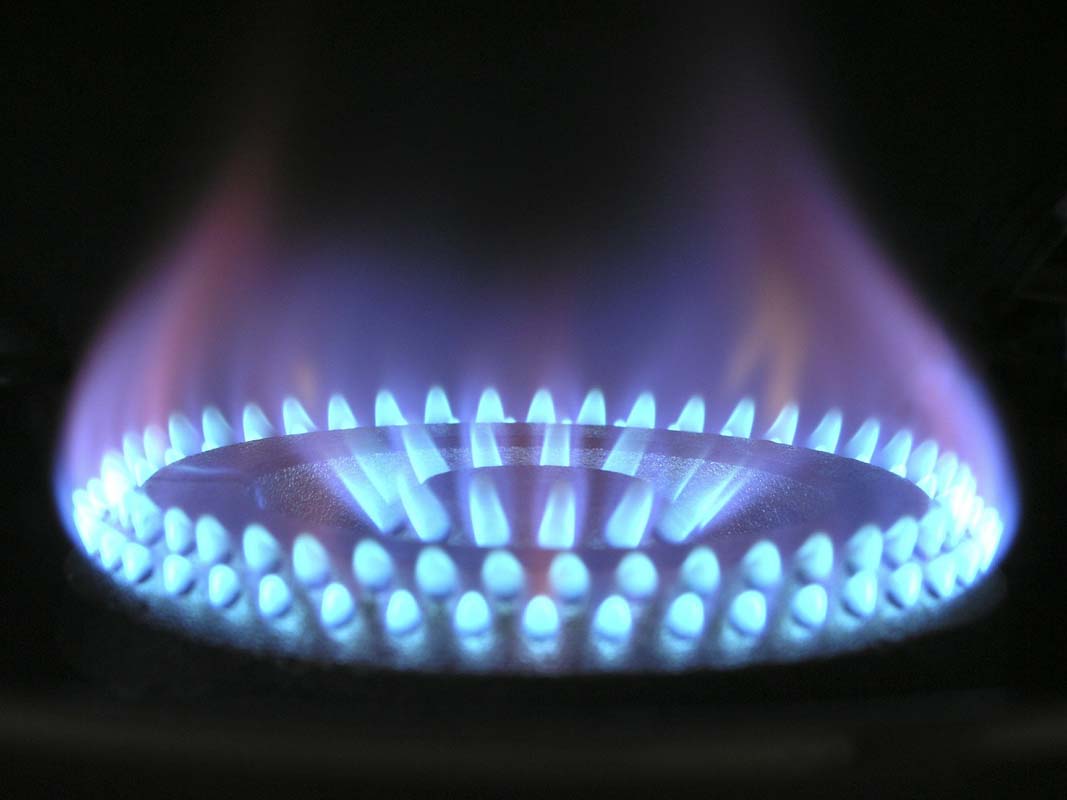
403
Sorry!!
Error! We're sorry, but the page you were
looking for doesn't exist.
European gas rates increase
(MENAFN) European gas prices have reached their highest levels since October 2023 due to supply disruptions following Ukraine's decision not to extend its gas transit agreement with Russia. The decision to terminate the five-year gas contract with Gazprom, effective at the end of 2024, has cut off Russian pipeline gas supplies to several EU countries, including Hungary, Romania, Poland, Slovakia, Austria, Italy, and Moldova. Ukraine's President, Vladimir Zelensky, stated that the termination aimed to limit Moscow’s energy revenue, though Slovakia and Hungary accuse him of triggering an energy crisis for political leverage.
The Dutch TTF gas hub’s front-month contract rose by over 4% on Friday, surpassing $590 per thousand cubic meters. EU gas storage levels have fallen to around 55%, significantly lower than the previous year’s 72% and the five-year average of 62%. Analysts predict heating demand will increase as temperatures drop.
The EU has struggled to replace the 40% of gas previously imported from Russia, especially following sanctions and the Nord Stream pipeline sabotage in 2022. As a result, the EU has become more dependent on pricier Liquefied Natural Gas (LNG) imports from the US and Norway, with recent disruptions at Norwegian gas fields further limiting supply.
Despite efforts to reduce reliance on Russian energy, the EU has continued importing significant volumes of Russian LNG. Talks are now underway to potentially resume Russian gas imports as part of an agreement to resolve the Ukraine conflict, although concerns remain about its impact on efforts to diversify energy sources.
The Dutch TTF gas hub’s front-month contract rose by over 4% on Friday, surpassing $590 per thousand cubic meters. EU gas storage levels have fallen to around 55%, significantly lower than the previous year’s 72% and the five-year average of 62%. Analysts predict heating demand will increase as temperatures drop.
The EU has struggled to replace the 40% of gas previously imported from Russia, especially following sanctions and the Nord Stream pipeline sabotage in 2022. As a result, the EU has become more dependent on pricier Liquefied Natural Gas (LNG) imports from the US and Norway, with recent disruptions at Norwegian gas fields further limiting supply.
Despite efforts to reduce reliance on Russian energy, the EU has continued importing significant volumes of Russian LNG. Talks are now underway to potentially resume Russian gas imports as part of an agreement to resolve the Ukraine conflict, although concerns remain about its impact on efforts to diversify energy sources.

Legal Disclaimer:
MENAFN provides the information “as is” without warranty of any kind. We do not accept any responsibility or liability for the accuracy, content, images, videos, licenses, completeness, legality, or reliability of the information contained in this article. If you have any complaints or copyright issues related to this article, kindly contact the provider above.
Most popular stories
Market Research

- Manuka Honey Market Report 2024, Industry Growth, Size, Share, Top Compan...
- Modular Kitchen Market 2024, Industry Growth, Share, Size, Key Players An...
- Acrylamide Production Cost Analysis Report: A Comprehensive Assessment Of...
- Fish Sauce Market 2024, Industry Trends, Growth, Demand And Analysis Repo...
- Australia Foreign Exchange Market Size, Growth, Industry Demand And Forec...
- Cold Pressed Oil Market Trends 2024, Leading Companies Share, Size And Fo...
- Pasta Sauce Market 2024, Industry Growth, Share, Size, Key Players Analys...





















Comments
No comment